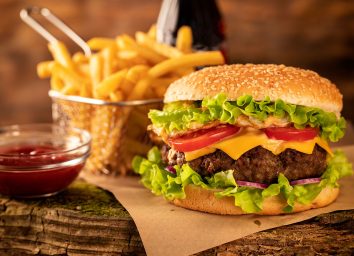10 Truths About the Dairy Industry That Will Make You Lose Your Appetite
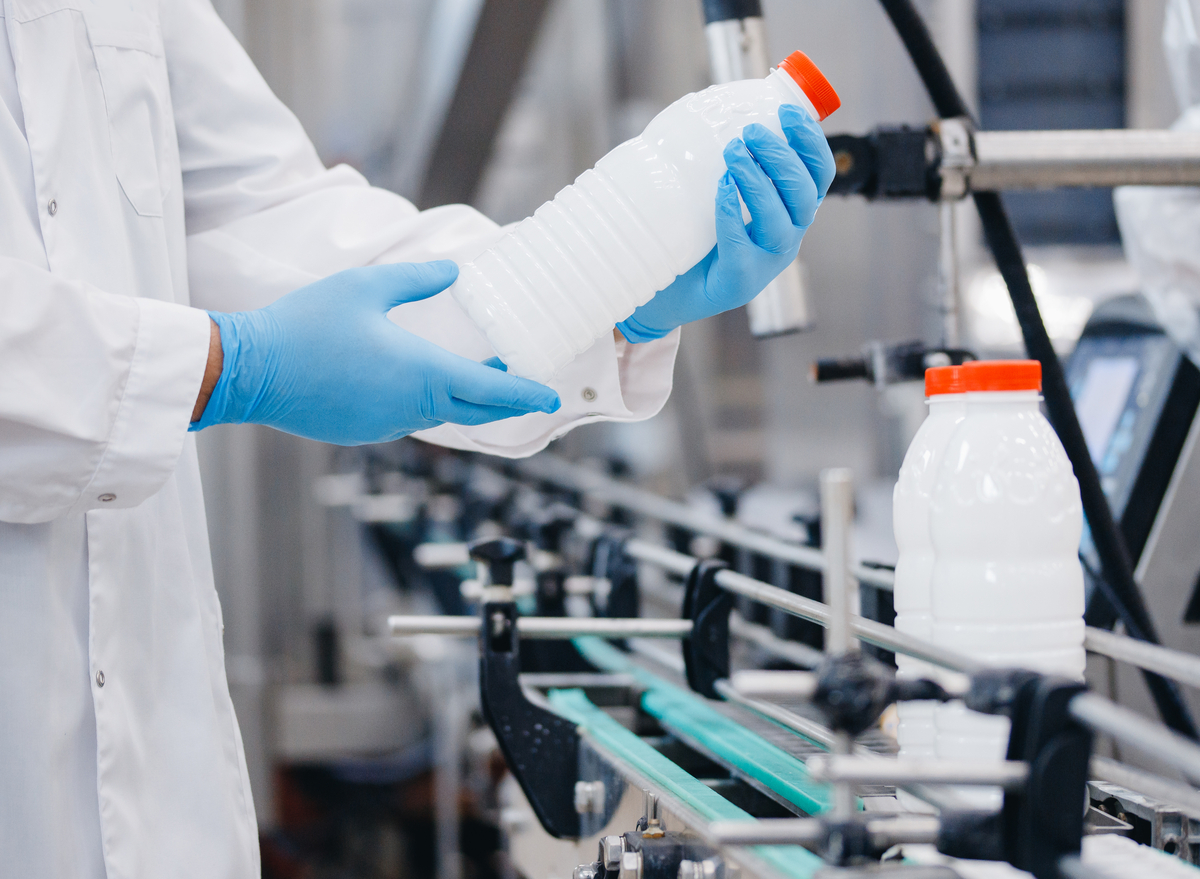
It's much easier to slurp down a tasty ice cream cone than to think about why we, as humans, consume milk made for baby cows. Most of us would prefer to enjoy our meal rather than think about how our burger may contain meat from up to 100 different cows or how the tuna in our sandwich from Subway doesn't even register as fish on a DNA test.
But when it comes to the dairy industry—milk, cheese, butter, and more—there are some disgusting (and horrifying) truths that are hard to ignore. It's easy to want to close your ears and keep on enjoying your brie-filled charcuterie board, but you should probably know more about what exactly is going into your body when you consume dairy products—and the things you've been told about the healthfulness of milk and its related products.
Read on to find out the most shocking truths about the dairy industry.
And don't miss 4 Meat Companies With the Worst Food Quality Practices.
Nearly 70% of people are lactose intolerant
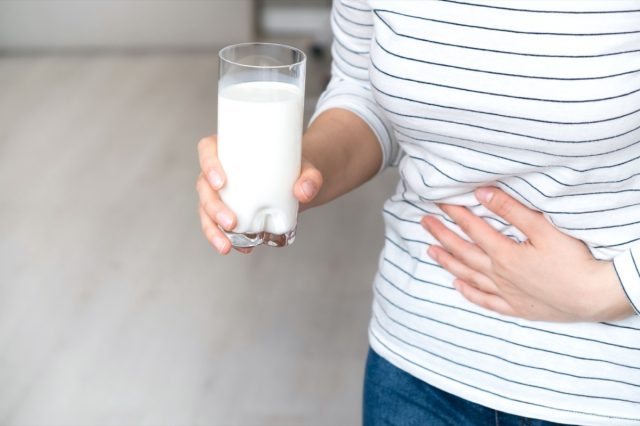
If you've ever felt like your tummy feels a bit funny after you indulge in a milkshake or a bowl of cereal, it's probably because your body can't digest dairy properly. Many people don't even realize that they're lactose intolerant because there isn't an "official" stance on what symptoms constitute lactose intolerance and symptoms tend to worsen as we get older. Yet, the dairy industry still wants us to believe milk is good for us.
The symptoms may also vary based on what else you eat alongside dairy and how much dairy you're consuming. For example, a sprinkle of parmesan on your pasta may not bother you nearly as much as a bowl of mac and cheese. According to data, about 65% of the human population has a reduced ability to digest lactose beyond infancy, and the percentage jumps to 70 to 100% for people of East Asian descent.
Trouble digesting dairy is also very common in people of West African, Arab, Jewish, Greek, and Italian descent. People of Northern European descent have the lowest rates of lactose intolerance, but if you find yourself running to the bathroom after a few slices of extra cheesy pizza, you can bet that dairy isn't doing your body much good.
Dairy is the #1 source of saturated fat in the American diet

We all have heard about the horrors of saturated fat and it seems that highly processed foods like Oreos tend to shoulder the blame for injecting this cholesterol-raising fat into our diets.
However, the more common culprit is dairy. In fact, milk and other dairy products are the number one source of saturated fat in the American diet. Specifically, the dairy found on pizza and in cheese, as these are the foods most often consumed by Americans.
Dairy cows are abused and killed as soon as they can no longer produce milk
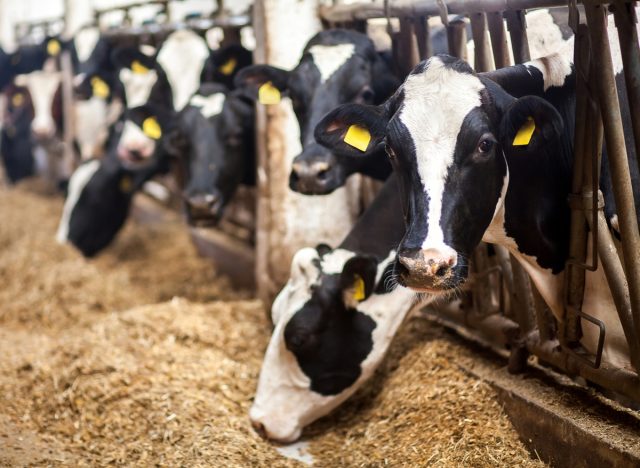
While many of us have heard the horror stories about how our burgers came to be, we like to assume that dairy industry cows aren't as horrifically treated. After all, they're not being killed and smushed into meatballs, right?
Well, it depends. Some may argue that male cows in the dairy industry—who are killed quickly after being born to produce veal since they can't make milk—live a better fate than their counterparts. Female cows, on the other hand, are repeatedly artificially inseminated in order to continue their life as milk-making machines.
When they're not being artificially inseminated, they're not treated much better. Even brands who claim to treat their cows well have been found guilty of abusing their animals. Fairlife Dairy found itself in the middle of a scandal last year when a leaked video showed its employees "slapping, kicking, punching, throwing, and slamming" calves.
"Calves were stabbed and beaten with steel rebars, hit in the mouth and face with hard plastic milking bottles, kneed in the spine, burned in the face with hot branding irons, subjected to extreme temperatures, provided with improper nutrition, and denied medical attention," said animal right's group Animal Recovery Mission (ARM) on Facebook when they shared the leaked video.
While animal abuse isn't uncommon on dairy farms, this particular case was even more ironic considering that Fairlife had marketed themselves as "spoiling" their cows and charged a premium on their products because of this alleged better treatment. The Chicago-based company was sued for fraud by customers who felt that they were swindled.
Most of the milk's alleged benefits come from marketing campaigns
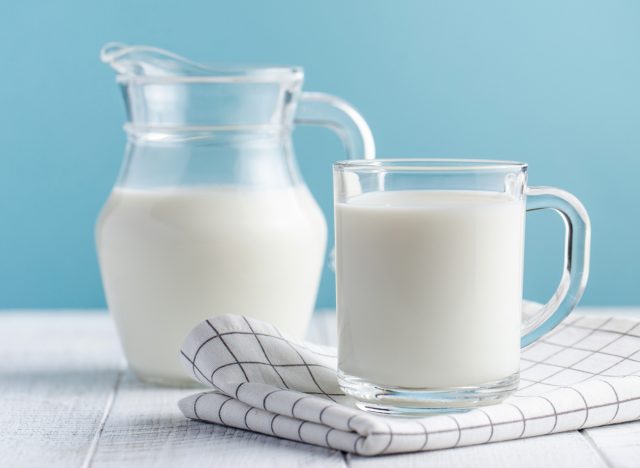
Once upon a time, Americans didn't drink milk regularly. Milk was generally only consumed in parts of the world where it got very cold, as a last-resort source of nutrition when rigid temperatures prevented the growth of fruits or vegetables.
The reason milk became a standard part of a "healthy" diet is because the U.S. government ended up with a milk surplus after World War I. Instead of taking a loss, they decided to spin a marketing campaign to convince Americans to drink more milk.
This marketing, combined with government assistance due to lots of lobbying, worked and is largely the same reason that many of us think we need to consume dairy products today. Remember those "got milk?" ads from the 2000s? Not much has changed with dairy's marketing tactics, but if you look further into research, you may start to notice that some of the promoted claims are unfounded or exaggerated.
Dairy has been linked to higher risks for some cancers
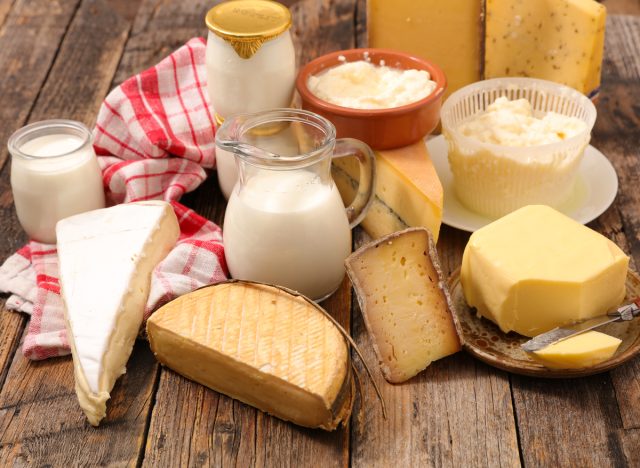
Research has found that increased consumption of milk does not correlate with stronger bones, contrary to what commercials may lead us to believe. In fact, dairy has actually been linked to higher risks of many cancers, especially breast cancer and prostate cancer.
A 2017 study funded by the National Cancer Institute found that women who consumed the most American, cheddar, and cream cheeses had a 53% higher risk for breast cancer.
Another study found that men who ate three or more servings of dairy a day had a 141% higher risk of death due to prostate cancer compared to men who consumed less than one serving.
Dairy cheese contains compounds that make it addictive

The jokes you've made about how you're "addicted to mozzarella sticks" are a lot less funny when you learn that milk can naturally contain morphine-like compounds that attach to the same brain receptors that heroin does.
Some researchers believe that these opiates are naturally produced to keep baby cows drinking milk and therefore growing and surviving. But you're probably not a baby, and when milk is converted into cheese, the content of opiates multiplies seven-fold, making it even more addicting to your non-cow-baby brain that definitely doesn't need a grilled cheese sandwich for survival.
The dairy industry knows that cheese is addictive, too, and seems to be more than willing to exploit this fact if it means an increase in sales.
You could be drinking milk that came from sick cows
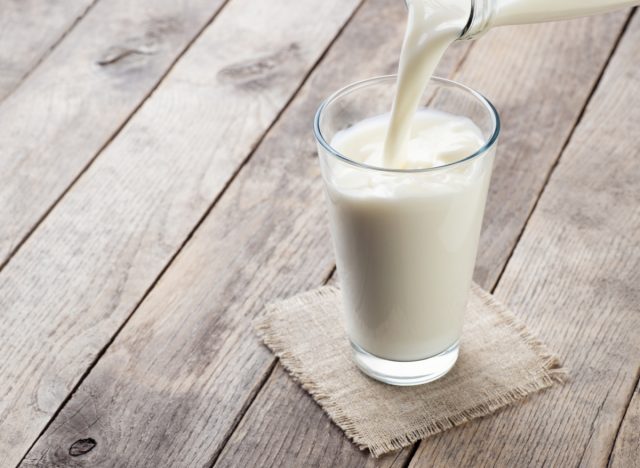
You know what's delicious? A four-cheese, stuffed crust pizza. You know what's not delicious? Cow pus. Unfortunately, because cows are not naturally made to be human-milk-producing machines, many of them are regularly developing illnesses and infections due to chronic overuse of their bodies and udders.
You probably don't want to be drinking milk from a sick cow, but there's a good chance you might be. According to the USDA, 1 in 6 dairy cows in the U.S. suffer from clinical mastitis. When a cow has mastitis, the somatic (body) cell count in its milk increases, and many of those somatic cells are an inflammatory immune cell that forms pus called neutrophils.
USDA's data assures us that the average cup of milk produced in the U.S. won't contain more than one drop of pus. But some studies have shown that you can actually taste the difference between cheese made from sick vs. healthy cows.
Dairy brands are lobbying hard—from Congress to fast-food chains
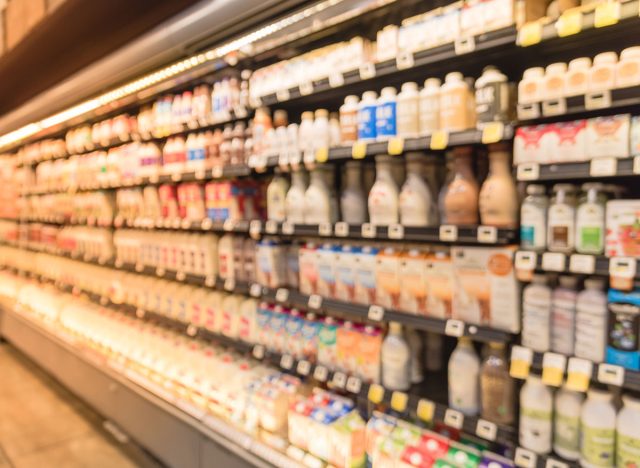
Have you ever noticed that you have to dig a little deep to find out the truth about the dairy industry? Or maybe you've realized that the U.S. Department of Agriculture continues to recommend three cups of dairy per day for a healthy diet? The reason that dairy products are continually marketed as being healthy goes all the way back to that milk surplus from WW1.
The dairy industry, also known as "Big Dairy," gives millions of dollars to congress every year to ensure that the USDA keeps pushing dairy products to consumers. In 2019, Land O' Lakes spent $2.2 billion alone, while the Dairy Farmers of America spent $1.3 billion. In total, the dairy industry gave nearly $6.9 billion to Congress in 2019.
These same marketing efforts and dollars are applied to working with fast-food restaurants to persuade them to offer dairy-heavy menu items. For example, Big Dairy worked with Pizza Hut in 2018 to add 25% more cheese to the company's pan pizza. This isn't to enhance deliciousness or give customers more bang for their buck, it's simply to get rid of surplus dairy products.
The dairy industry is horrible for the environment
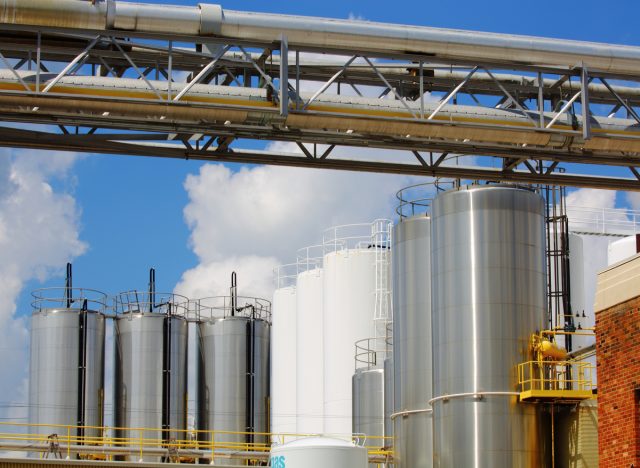
You've probably heard that agriculture is a big contributor to environmental harm, and the dairy industry is no exception. According to The World Wildlife Fund (WWF), "Dairy cows and their manure produce greenhouse gas emissions which contribute to climate change."
Improper handling of this manure can further pollute local water resources, which is why agriculture is the leading cause of water pollution in the U.S.
Most of our cow milk is a byproduct of "rape"
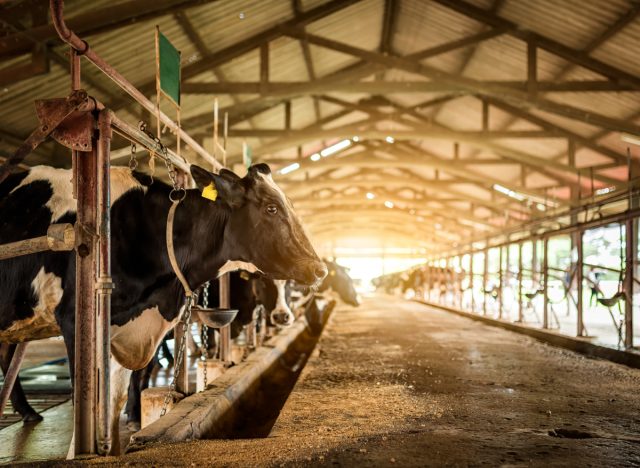
Unfortunately, most of the milk that we are drinking is a product of "rape." Like humans, female cows only produce milk in order to feed their newborns, so if they are not producing newborns all the time, then they won't produce milk.
In order to get cows to continually keep producing milk, cows are artificially inseminated to confuse their bodies into milk production. Because cows do not enjoy being artificially inseminated (would you?), they have to be strapped down in a device that some people allege is called a "rape rack" by those in the industry.
It's unclear if that is truly an industry term or not, and some Redditors argue that the term was actually coined by a vegan who was trying to convince others to stop drinking cow milk. Regardless of what this process is truly called, it doesn't change the fact that most of our dairy products were likely a byproduct of cow "rape."

